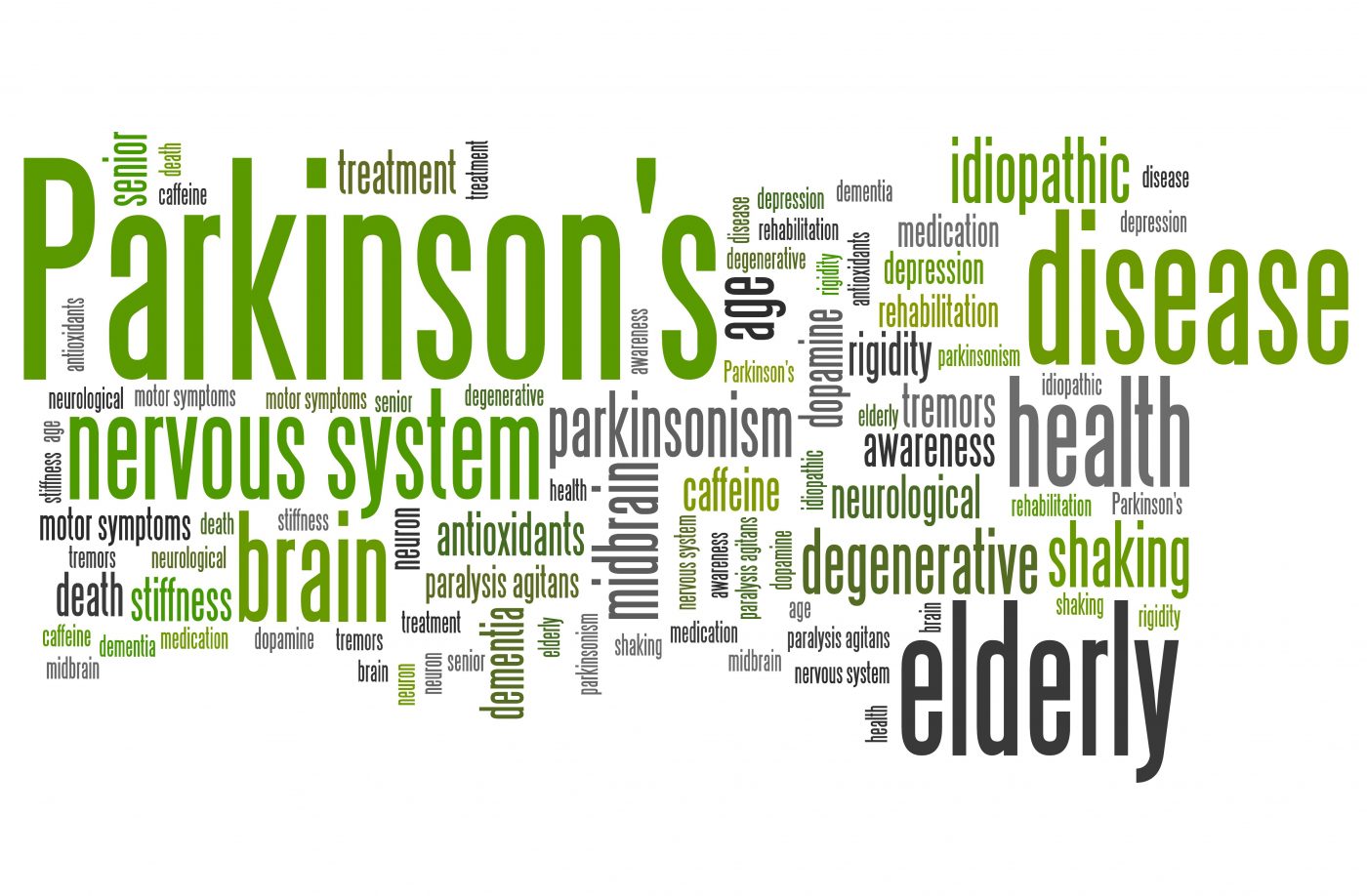Brain Degeneration May Affect Job Choices Before Parkinson’s Diagnosis, Study Suggests

Parkinson’s is less prevalent in individuals with artistic occupations than in those with more conventional jobs, suggesting that brain degeneration may influence job choices even before a Parkinson’s diagnosis, a study shows.
Conducted by scientists in the Netherlands, the study, “Professional occupation and the risk of Parkinson Disease,” appeared in the European Journal of Neurology.
Reduced levels of the neurotransmitter dopamine and the lower availability of its receptors in the brain are associated with a lack of novelty-seeking in Parkinson’s patients. As a result, these patients may be more comfortable in more structured, less creative jobs that do not require optimal dopamine levels.
Prior to diagnosis, Parkinson’s is preceded by a phase where degeneration of dopamine-producing neurons causes subtle cognitive and behavioral changes. Investigators hypothesized that Parkinson’s patients may already show distinct job preferences long before they are diagnosed.
The research team asked 12,147 individuals 45 years or older about their latest occupation, which was categorized according to the RIASEC model.
This model divides career choices based on personality types — realistic, investigative, artistic, social, enterprising, and conventional. Examples of artistic occupations include musician, dancer, decorator, actor, or writer, while conventional jobs may be bookkeeper, financial analyst, tax expert, or secretary.
Participants underwent Parkinson’s examinations at the beginning of the study and on follow-up visits for a median of 11 years. Specifically, the scientists were looking at associations between artistic and conventional occupations and Parkinson’s.
At the study’s start, conventional occupations were common, with 36% of participants employed in these jobs, while artistic occupations were rare, in 1%.
During the follow-up period, 217 patients developed Parkinson’s, including 91 prevalent and 126 incident patients. Among these patients, 35% had conventional occupations, while none had an artistic job.
Data showed patients with conventional jobs were 19% more likely to develop Parkinson’s, while those with artistic occupations had a 72% lower risk of having the disease.
This suggests that the risk of Parkinson’s varies markedly across the two occupational categories.
These results show that “individuals with highly-creative artistic occupations have a reduced risk of [Parkinson’s disease], while individuals with highly-structured conventional occupations may have an increased risk,” the scientists wrote.
However, they noted that the higher risk of Parkinson’s in people with conventional jobs was not statistically significant in their study. Future studies with larger samples are needed to confirm this association.
Assessments of Parkinson’s risk in individuals with investigative occupations, which require traits common in Parkinson’s patients — precision, reason, and independent work — are also needed, the researchers said.
Among the possible causes for their findings, investigators mentioned that artistic professions may be associated with a higher prevalence of smoking, which, in turn, may lower Parkinson’s risk. However, the link between smoking and a reduced risk of Parkinson’s is still controversial, they note.
“Our findings suggest that dopaminergic degeneration affects choice of occupation, which may already start in the prediagnostic phase of [Parkinson’s disease],” the researchers wrote.






